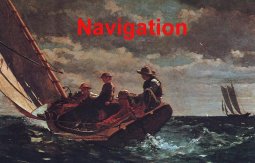| |
Stanley Kubrick died on Sunday, March 7, 1999 at
Childwickbury—a vast manor house on a 172-acre estate north of London.
With his passing, one of the world's great directors has ended a career
that, with the planned release this summer of the controversial Eyes
Wide Shut, will have spanned five decades. All of Mr. Kubrick's films
were notable, some of them truly deserving the appellation great.
Some have called Mr. Kubrick's new film "the most ardently awaited
event in modern film history" (Peter Lennon, "Kubrick's
Secret," World Press Review 43, no. 8 [August 1996]: 45-47).
As a callow young college student, I was completely bowled over by 2001,
A Space Odyssey. This film and a few others I first saw in college (Blowup,
Bonnie and Clyde, The Graduate, Midnight Cowboy, and Jules
and Jim) engendered in me an abiding love for film and convinced me
that film was an art form equal to that of the novel. I also acquired then
a deep respect for film as a medium of social protest and a vehicle for
political change.
|
|
|




